GPCR/G protein

All GPCRs share a common seven trans-membrane structure. GPCRs are associated with heterotrimeric G-proteins which are GTP-binding proteins made of alpha, beta, and gamma subunits. When a ligand binds to GPCR, it activates the attached G-protein, the GDP is replaced with GTP. The activated G-protein then dissociates into an alpha and a beta-gamma complex which activates downstream signaling pathways. These intracellular signaling pathways include cAMP/PKA, calcium/NFAT, phospholipase C, protein tyrosine kinases, MAP kinases, PI-3-kinase, nitric oxide/cGMP, Rho, and JAK/STAT.
GPCRs are one of the most important therapeutic targets for various diseases, over 30% of all modern medicinal drugs target this family. Aberrant GPCR functions are involved in pathological conditions such as neurological, immunological and hormonal disorders. A large number of GPCRs have been identified, but whose ligands are not known, are classified as orphan receptors.
-
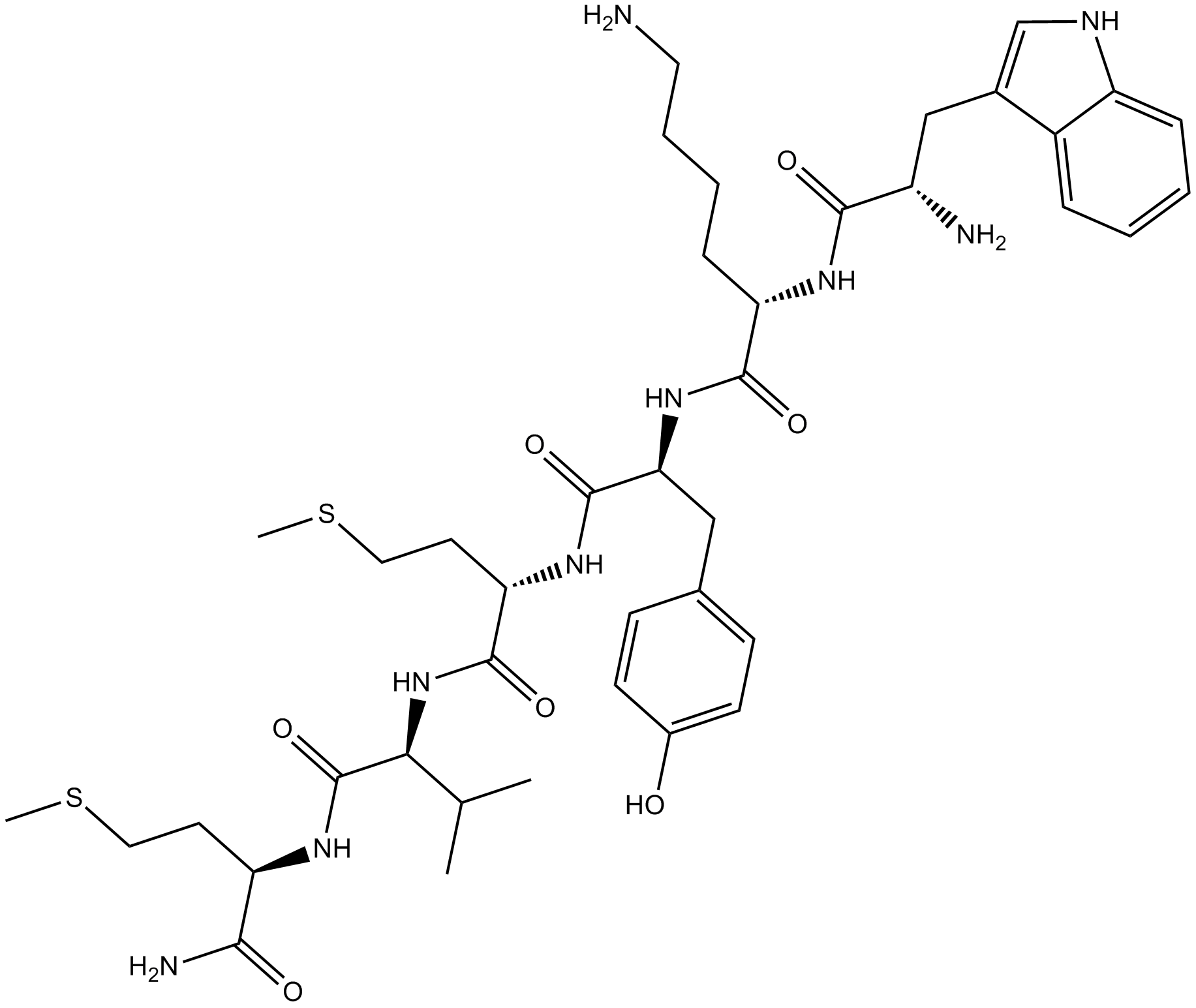 B5179 WKYMVmSummary: Selective agonist for the formyl peptide receptors FPR1, FPR2
B5179 WKYMVmSummary: Selective agonist for the formyl peptide receptors FPR1, FPR2 -
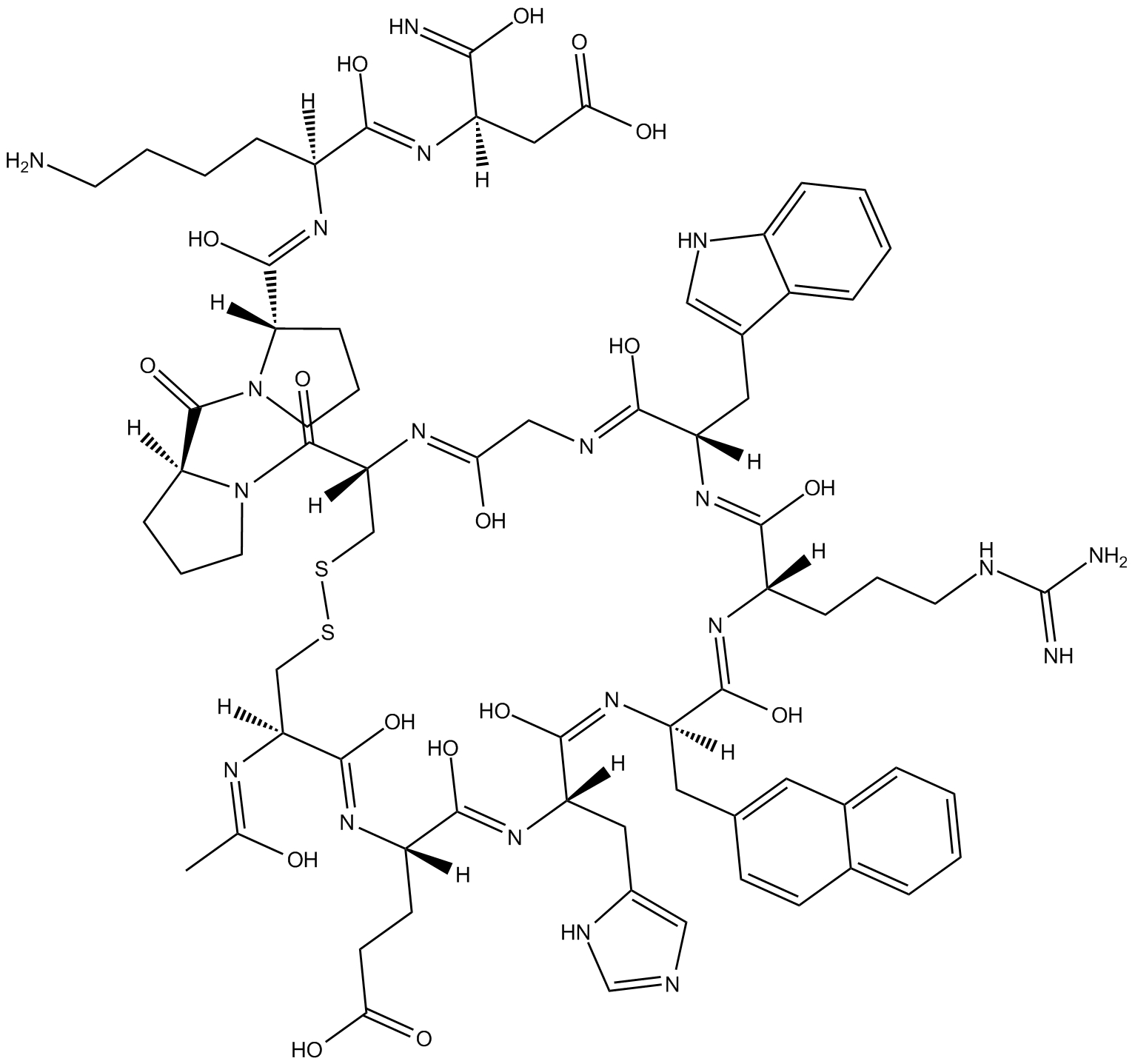 B5191 HS 014Summary: melanocortin MC4 receptor antagonist
B5191 HS 014Summary: melanocortin MC4 receptor antagonist -
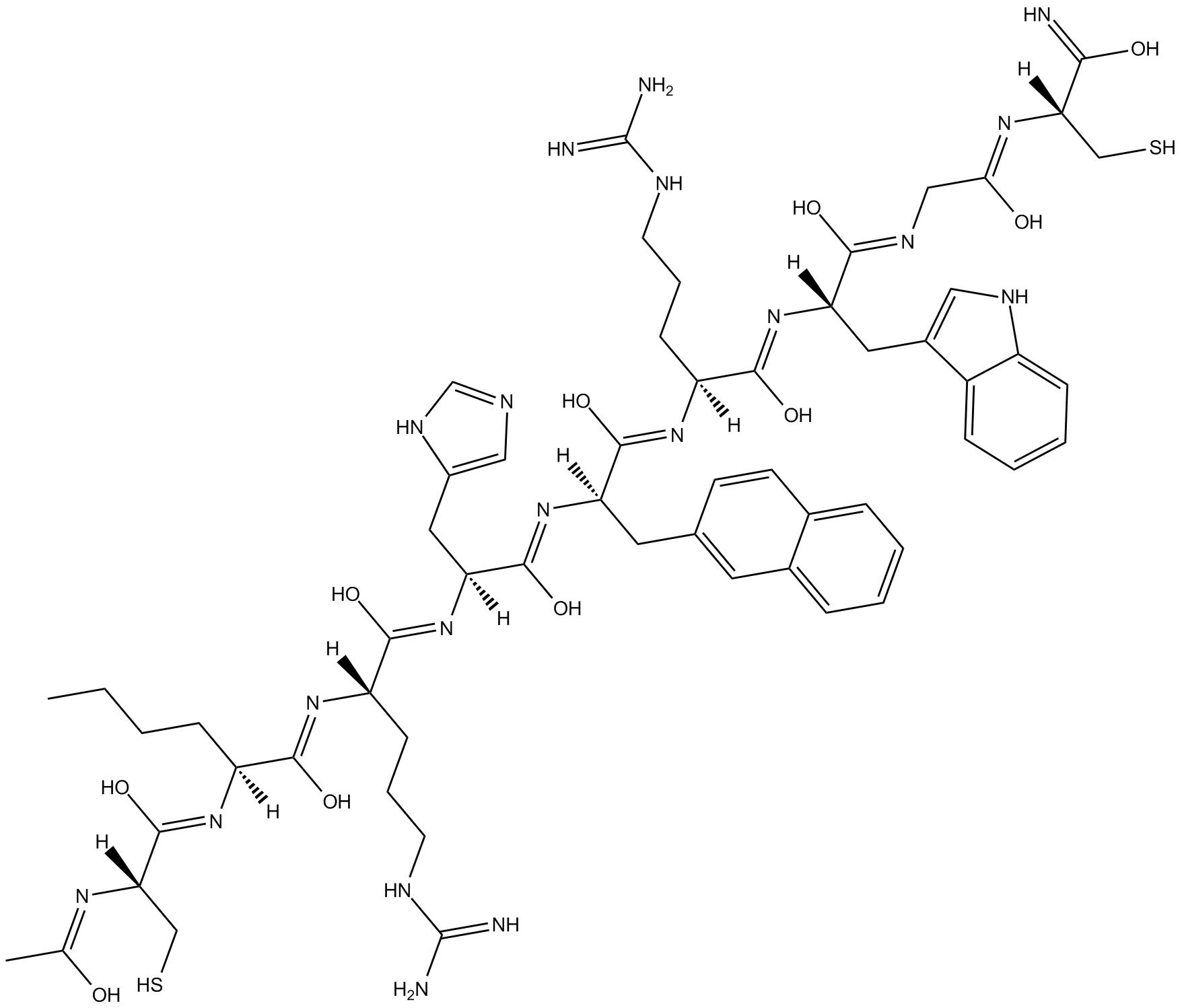 B5192 HS 024Summary: melanocortin MC4 receptor antagonist
B5192 HS 024Summary: melanocortin MC4 receptor antagonist -
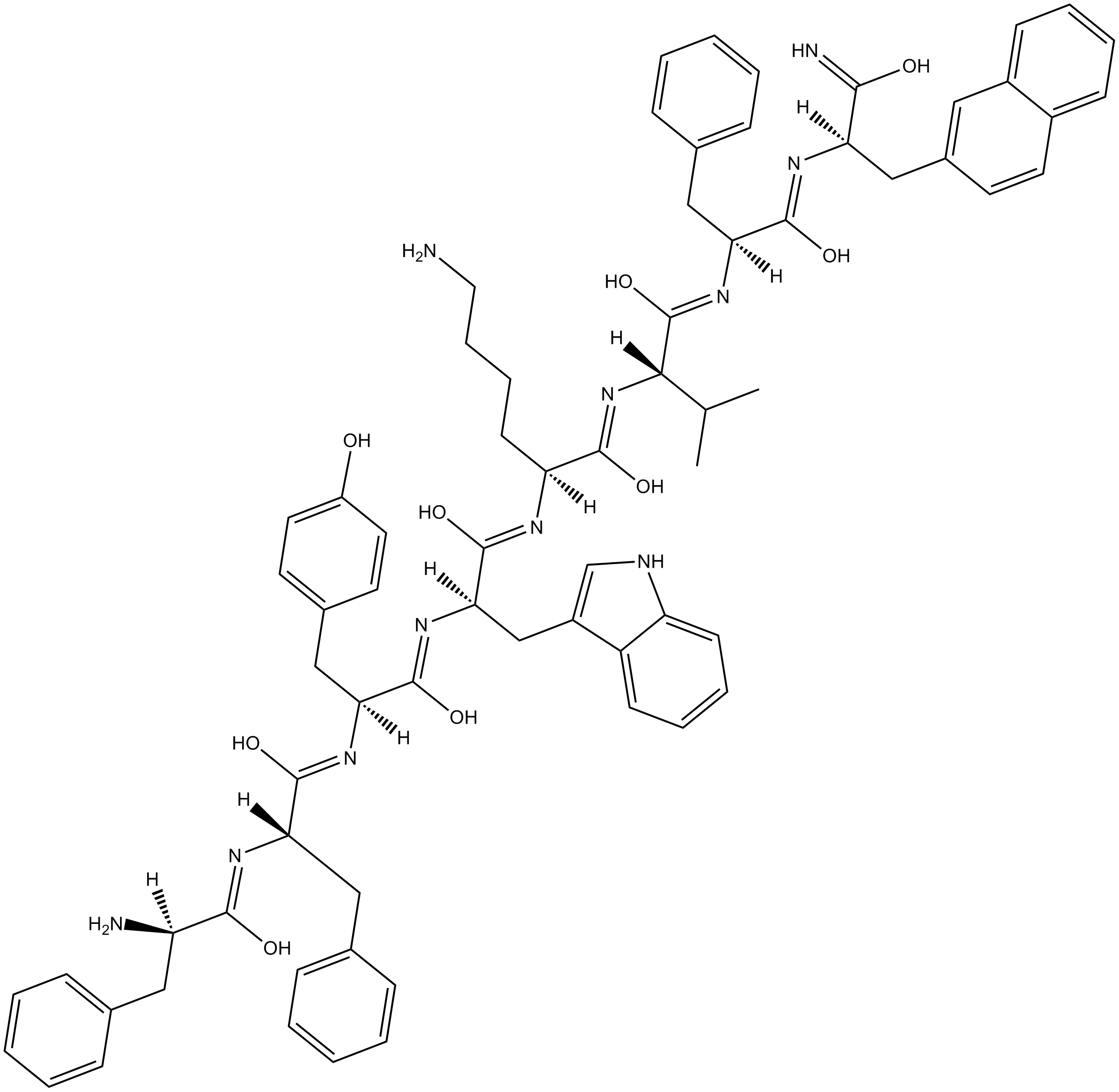 B5196 BIM 23056Summary: Somatostatin receptor ligand
B5196 BIM 23056Summary: Somatostatin receptor ligand -
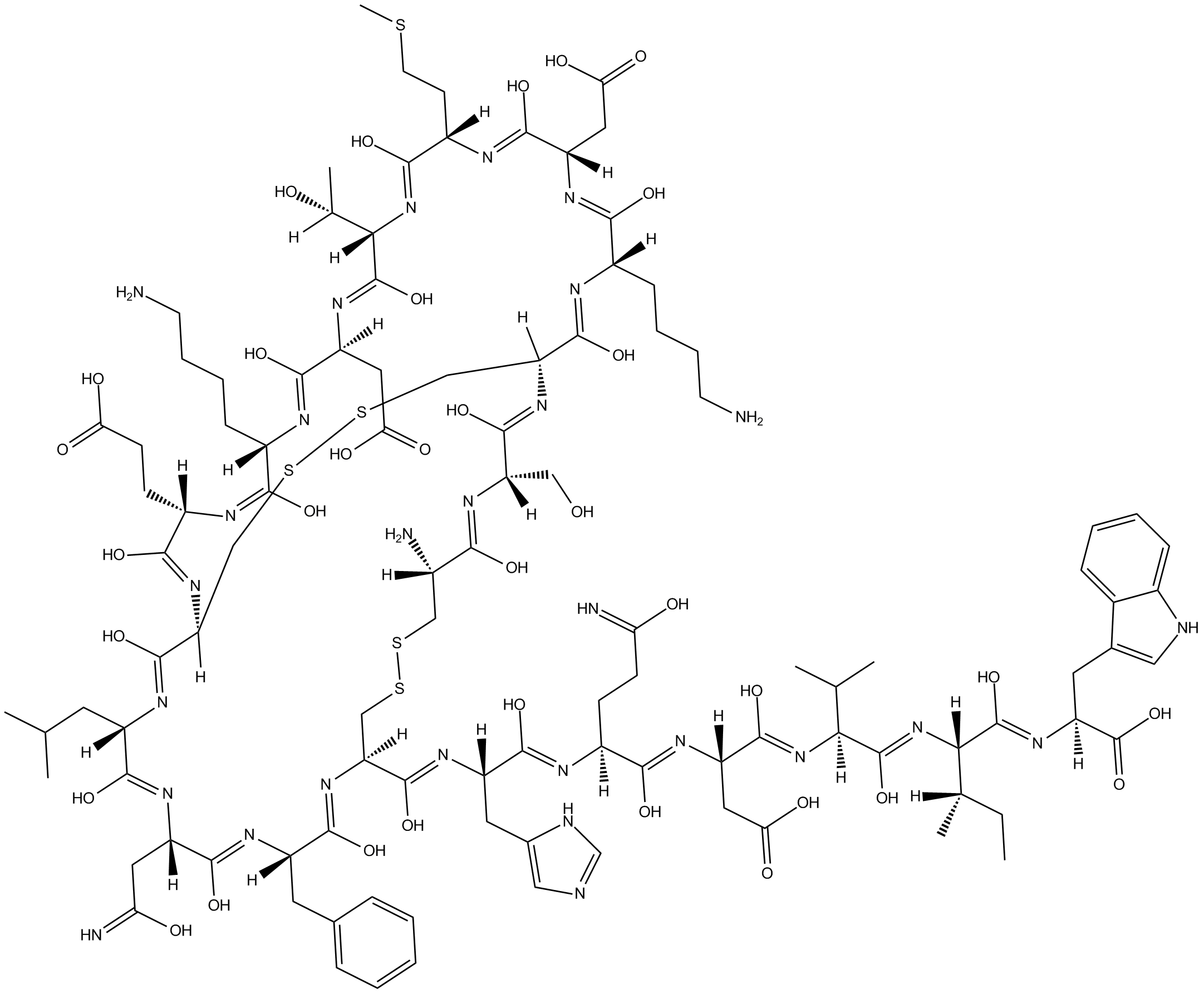 B5217 Sarafotoxin S6aSummary: Endothelin receptor agonist
B5217 Sarafotoxin S6aSummary: Endothelin receptor agonist -
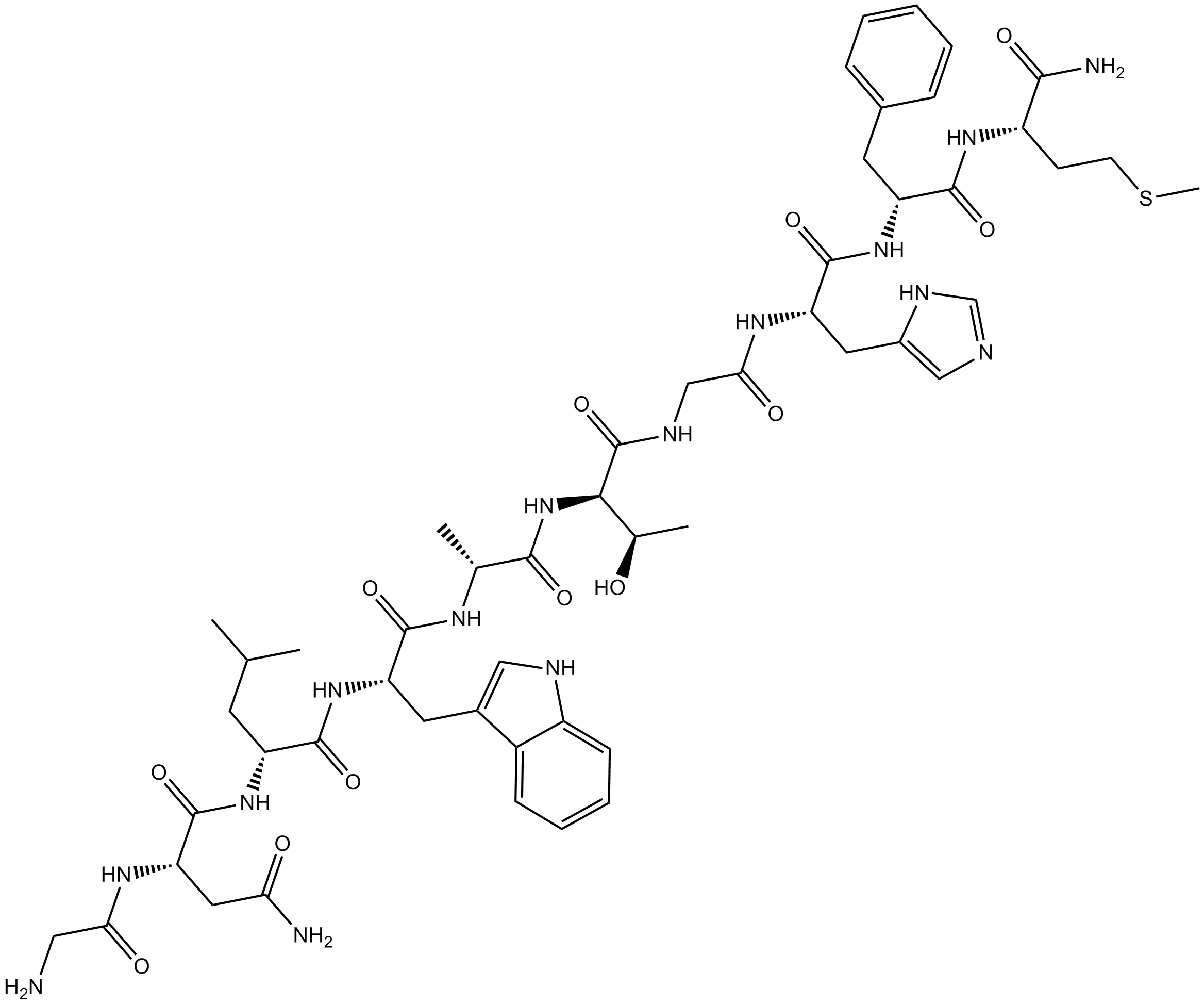 B5225 Neuromedin B (porcine)Summary: Mammalian bombesin-like peptide and endogenous ligand for the neuromedin B receptor
B5225 Neuromedin B (porcine)Summary: Mammalian bombesin-like peptide and endogenous ligand for the neuromedin B receptor -
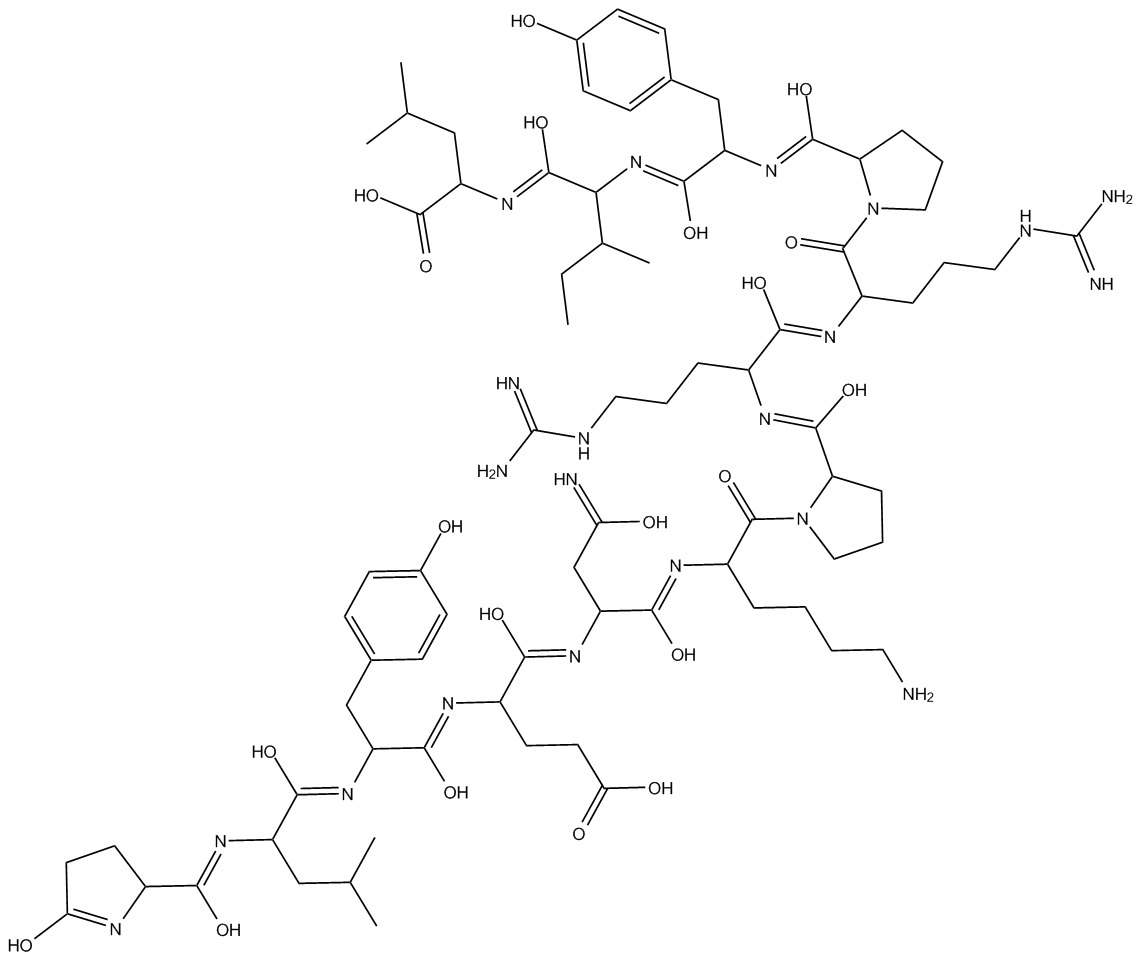 B5226 NeurotensinSummary: NTR1 activator
B5226 NeurotensinSummary: NTR1 activator -
![[D-Phe12]-Bombesin](/pub/media/prod_images/b/5/b5228.png) B5228 [D-Phe12]-BombesinSummary: Bombesin receptor antagonist
B5228 [D-Phe12]-BombesinSummary: Bombesin receptor antagonist -
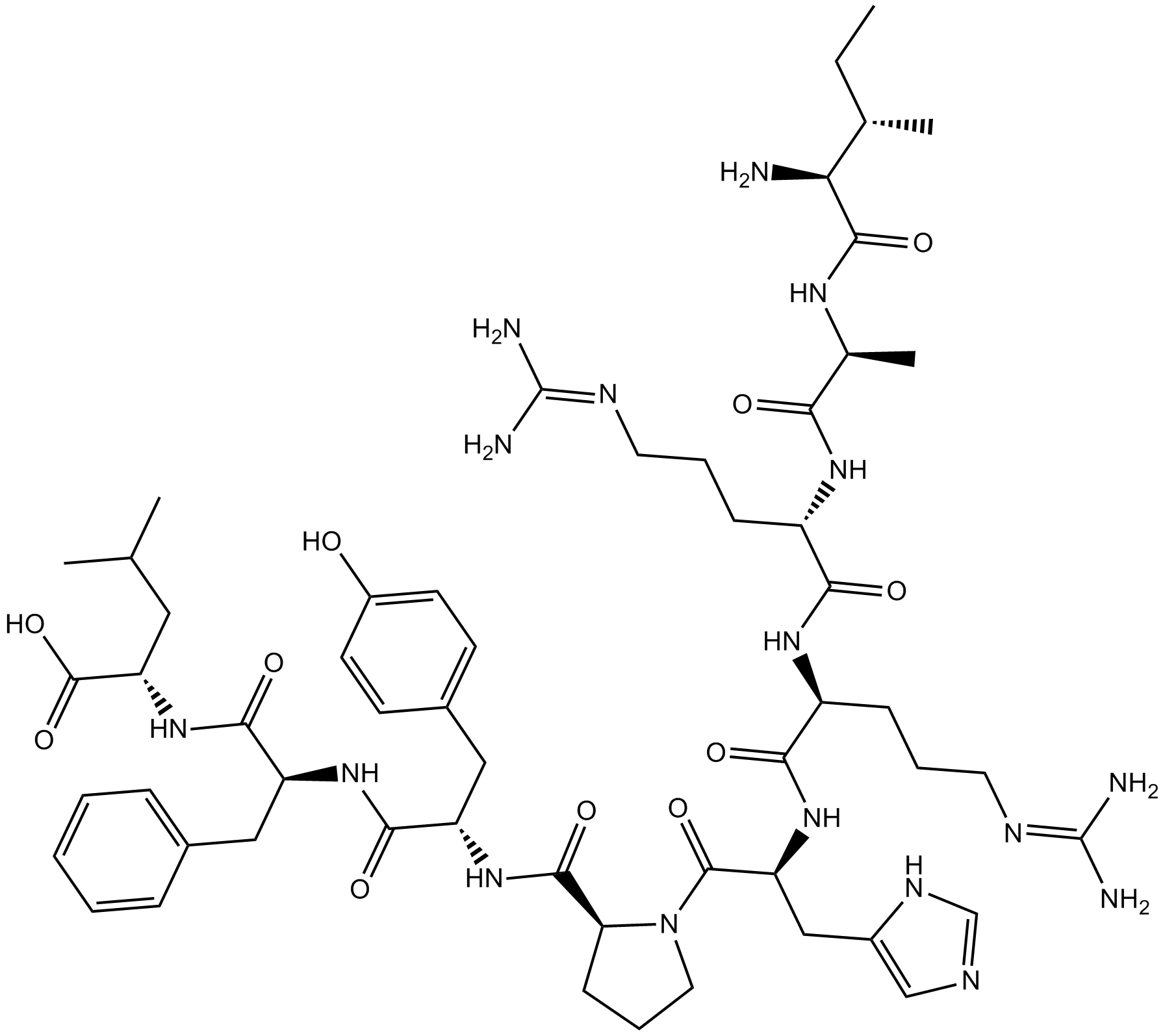 B5229 Kinetensin (human)Summary: Endogenous neurotensin-like peptide
B5229 Kinetensin (human)Summary: Endogenous neurotensin-like peptide -
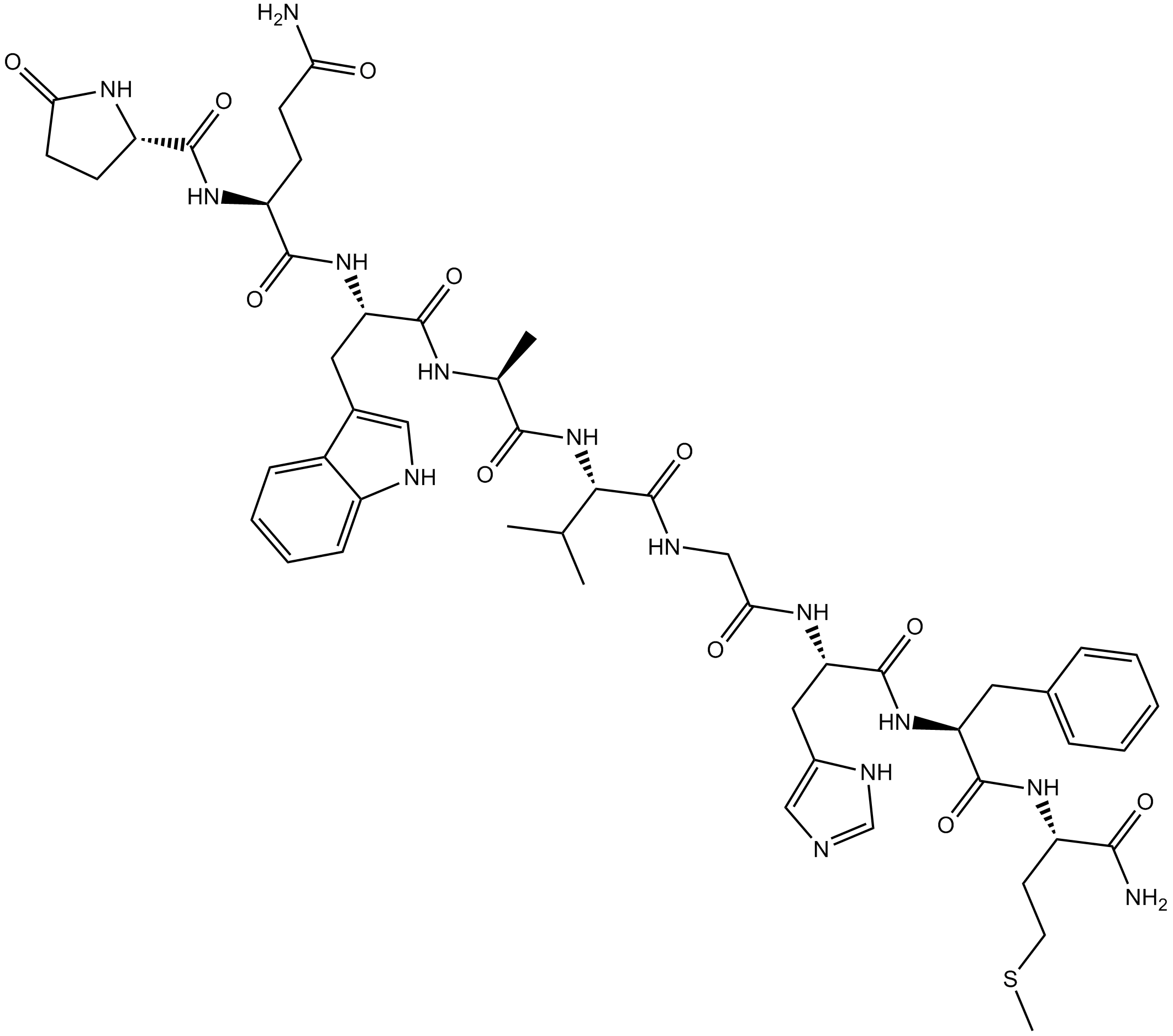 B5230 LitorinSummary: Amphibian bombesin-like peptide
B5230 LitorinSummary: Amphibian bombesin-like peptide

